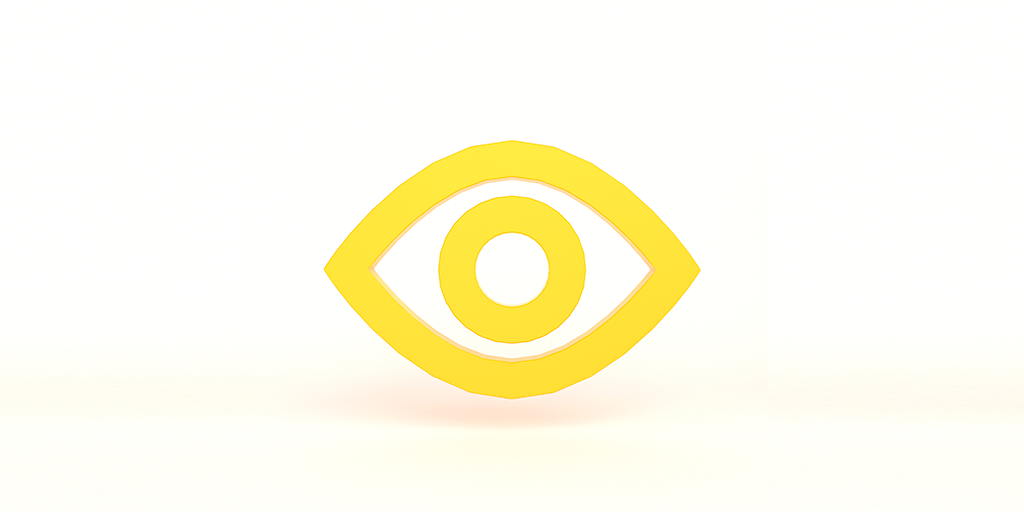Context of Tease out
Marte Otten at the University of Amsterdam in the Netherlands and her colleagues wanted to tease out the relationship between prior expectations and short-term memories. The team conducted several experiments on more than 400 people that all involved showing the participants random letters arranged in a circle on a computer screen.
The participants were shown the letters for a quarter of a second before the screen went blank. After a gap of 3 seconds, a box appeared where one of the letters had been for half a second, followed by a different circle of letters for half a second.
The participants were asked to recall which letter from the original circle had been in the position held by the box on the screen. Crucially, some of the letters were flipped, which Otten calls “pseudo-letters”. The participants were explicitly warned not to mistake them for real ones. This test was repeated.
The researchers found that, when asked to recall the position of a pseudo-letter, the confident participants incorrectly gave the answer as its real letter equivalent 39 per cent of the time, despite their high confidence in the answer.
–New Scientist



